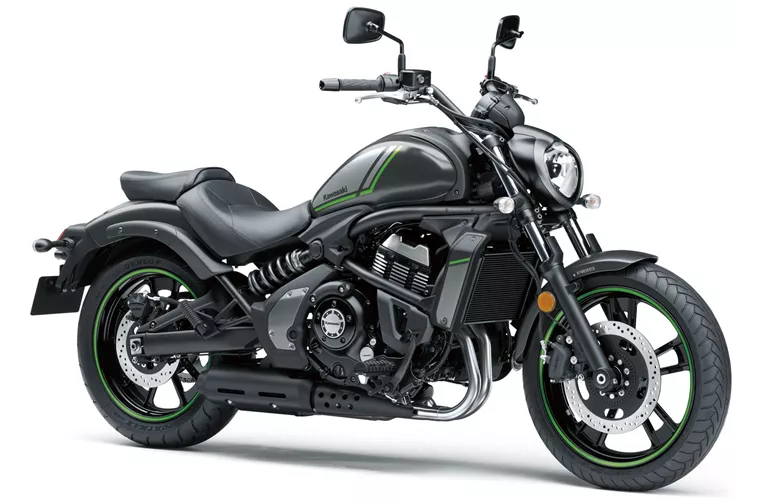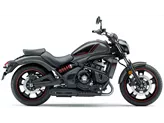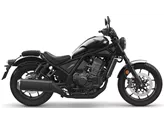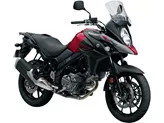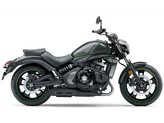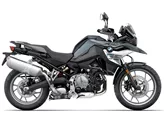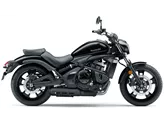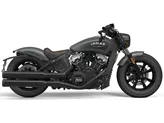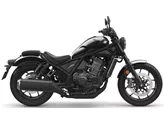BMW F 700 GS 2017 vs. Kawasaki Vulcan S 2022

BMW F 700 GS 2017
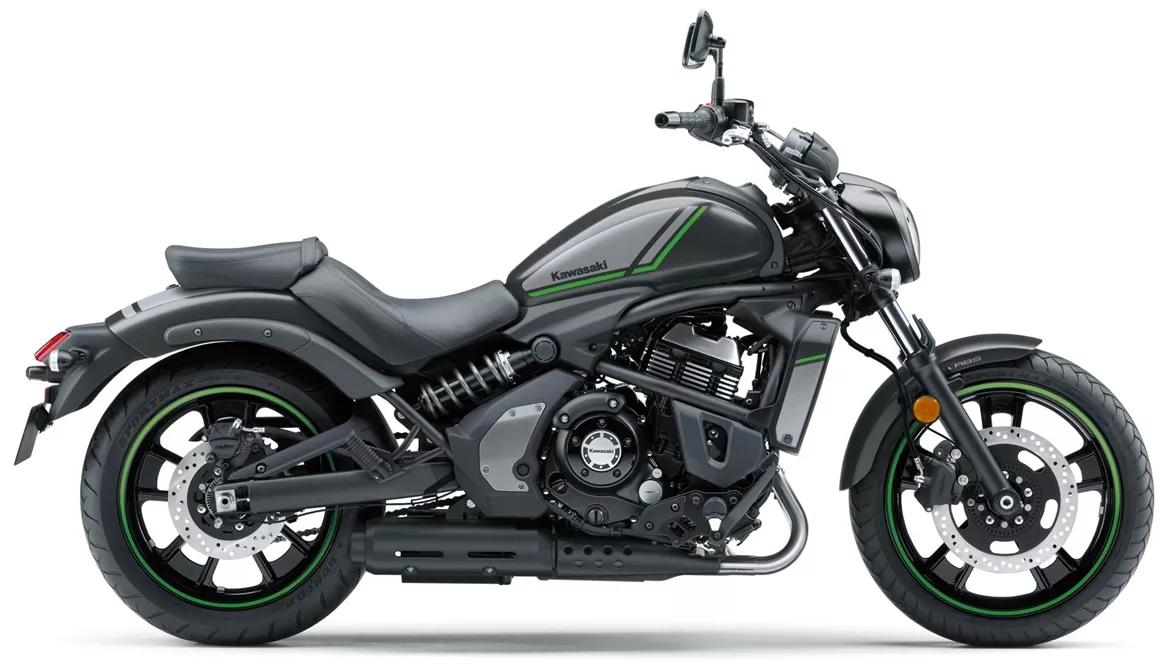
Kawasaki Vulcan S 2022
Loading...
Technical Specifications BMW F 700 GS 2017 compared to Kawasaki Vulcan S 2022
Pros and Cons in comparison
Pros and Cons in comparison
BMW F 700 GS 2017

Unfortunately, our editors did not test this model.
Kawasaki Vulcan S 2022
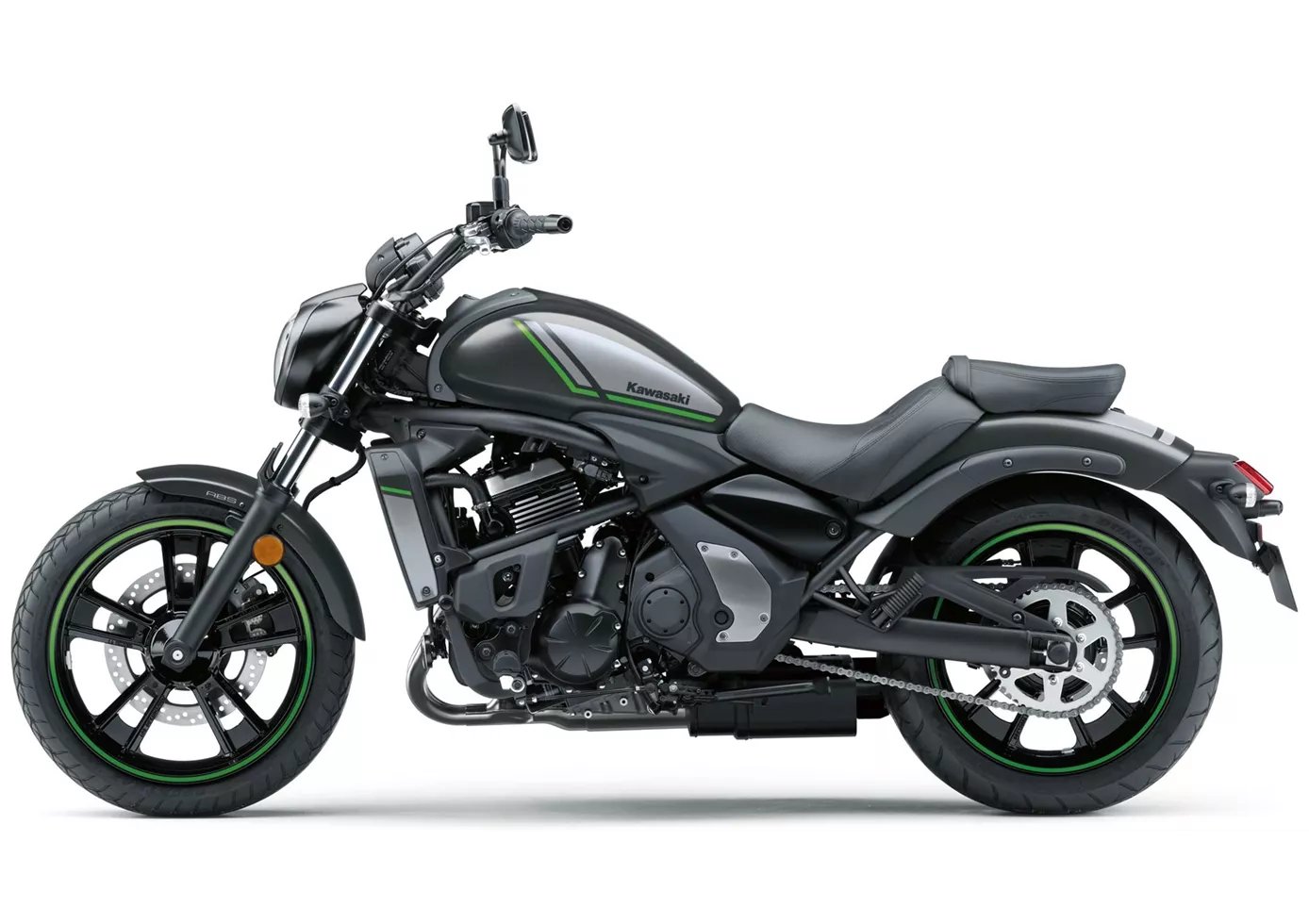
No matter which platform Kawasaki puts the 650 cubic two-cylinder in, the result is always a great motorbike! Even though the engine is unusually rev-happy for a cruiser, it results in a cruiser that actually qualifies as a sports cruiser when paired with the sporty chassis set-up. The only brake is the limited lean angle clearance, but this will not deter lovers of hearty footrest grinding. With such a good bike, we hope that Kawasaki will follow suit - after all, the Vulcan S has been with us almost unchanged since 2015.
Price Comparison Avarage Market Price BMW F 700 GS vs Kawasaki Vulcan S
Price BMW F 700 GS
Model year
Current average market prices
Price Kawasaki Vulcan S
Model year
Current average market prices

